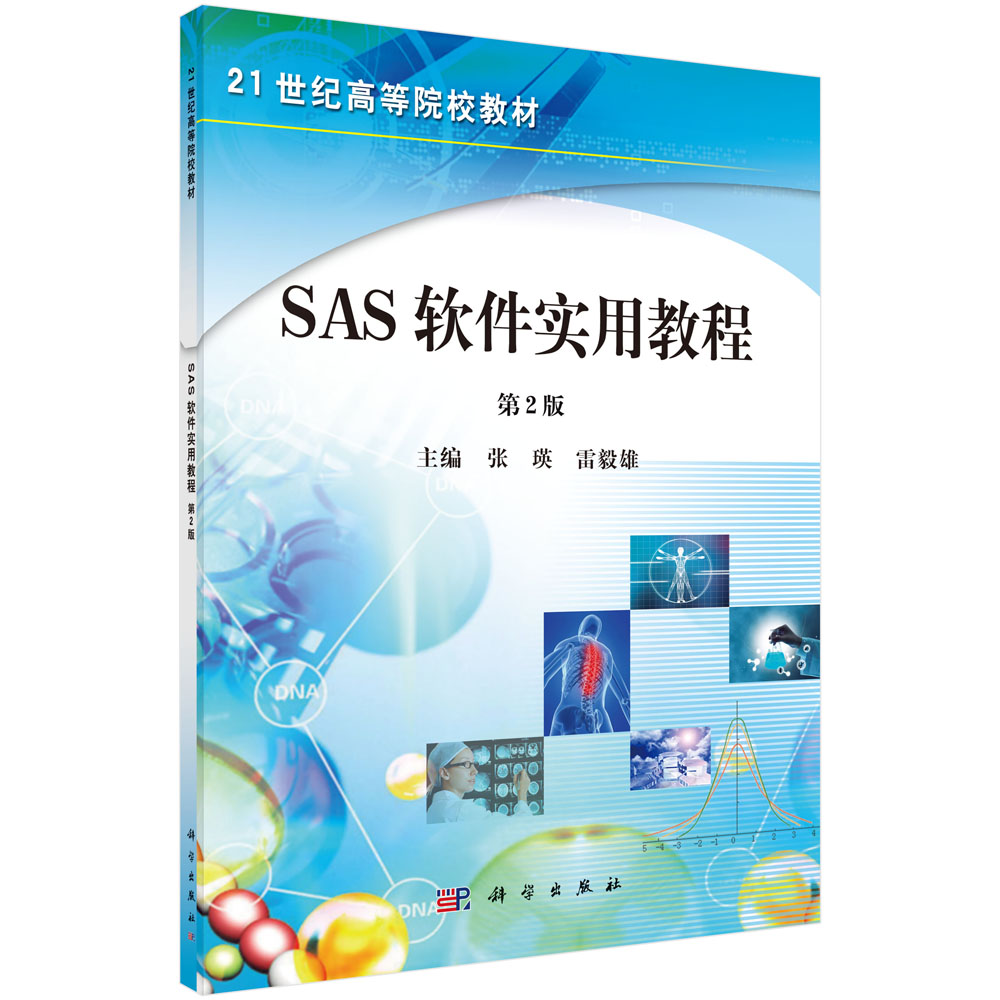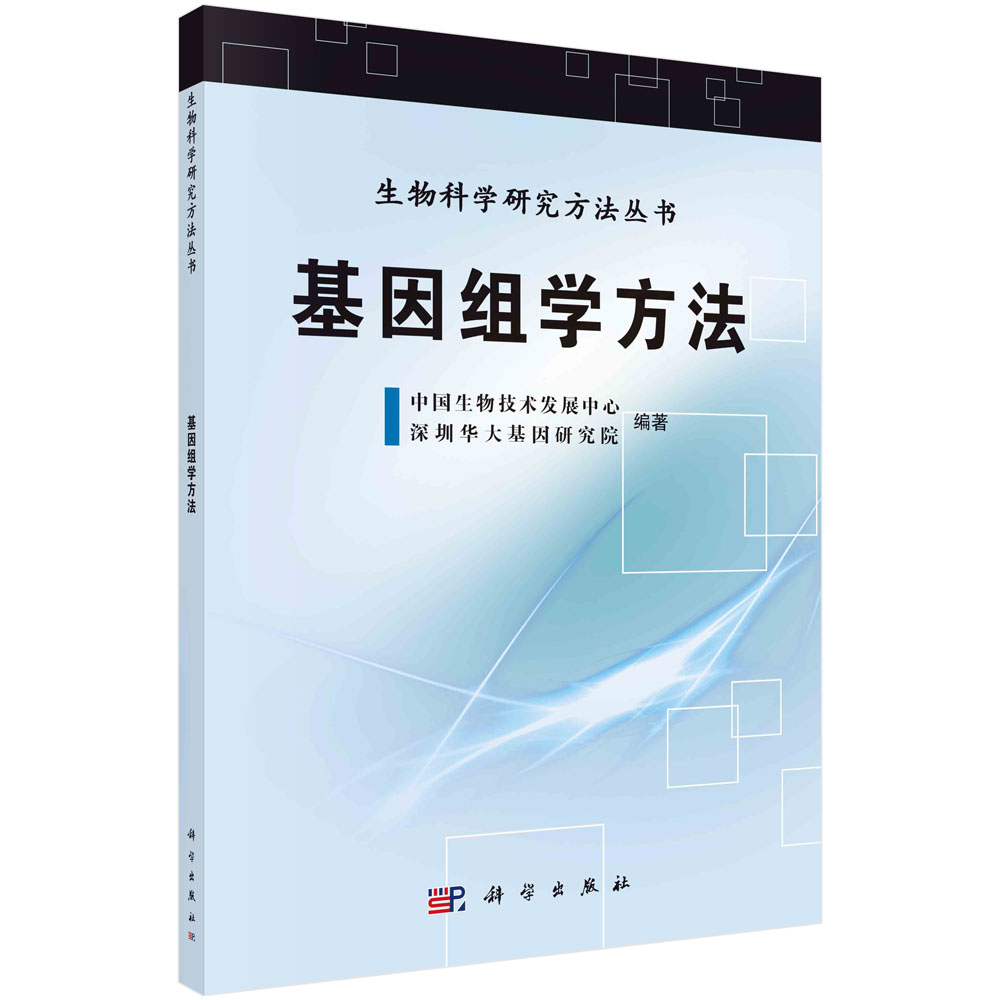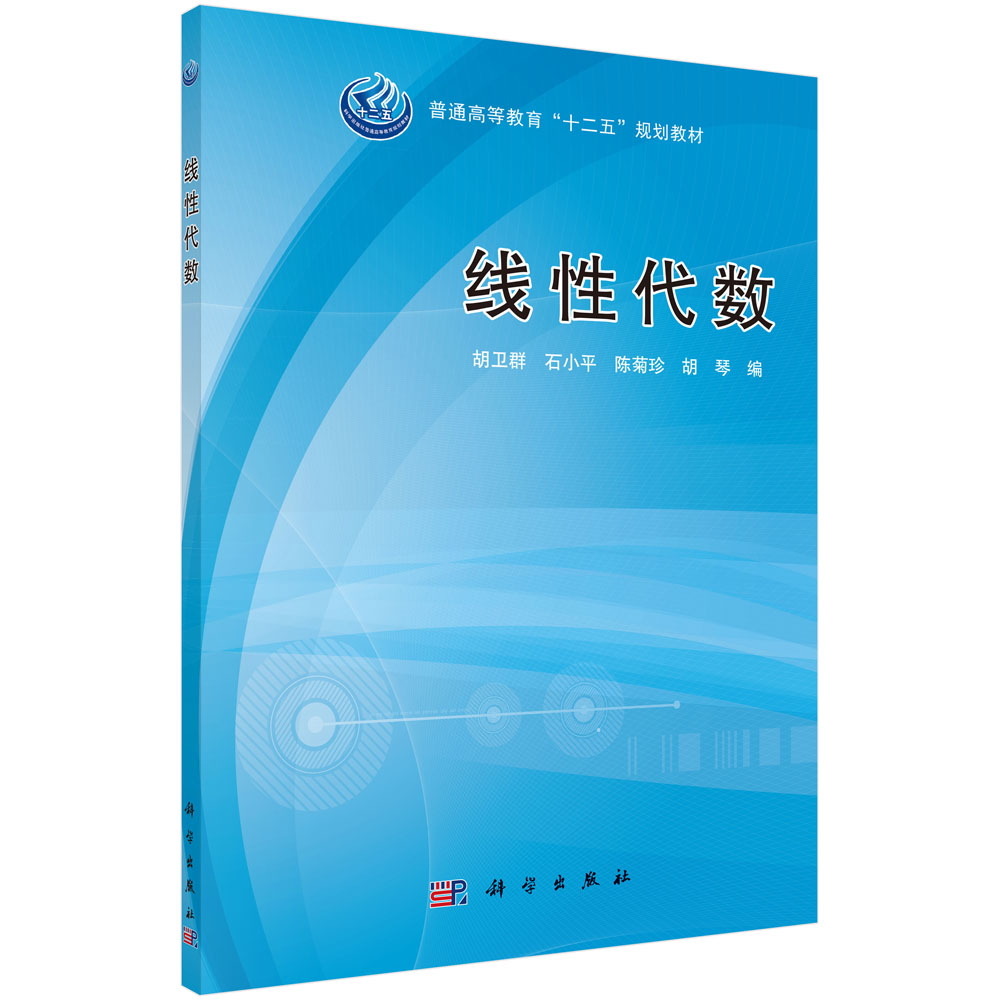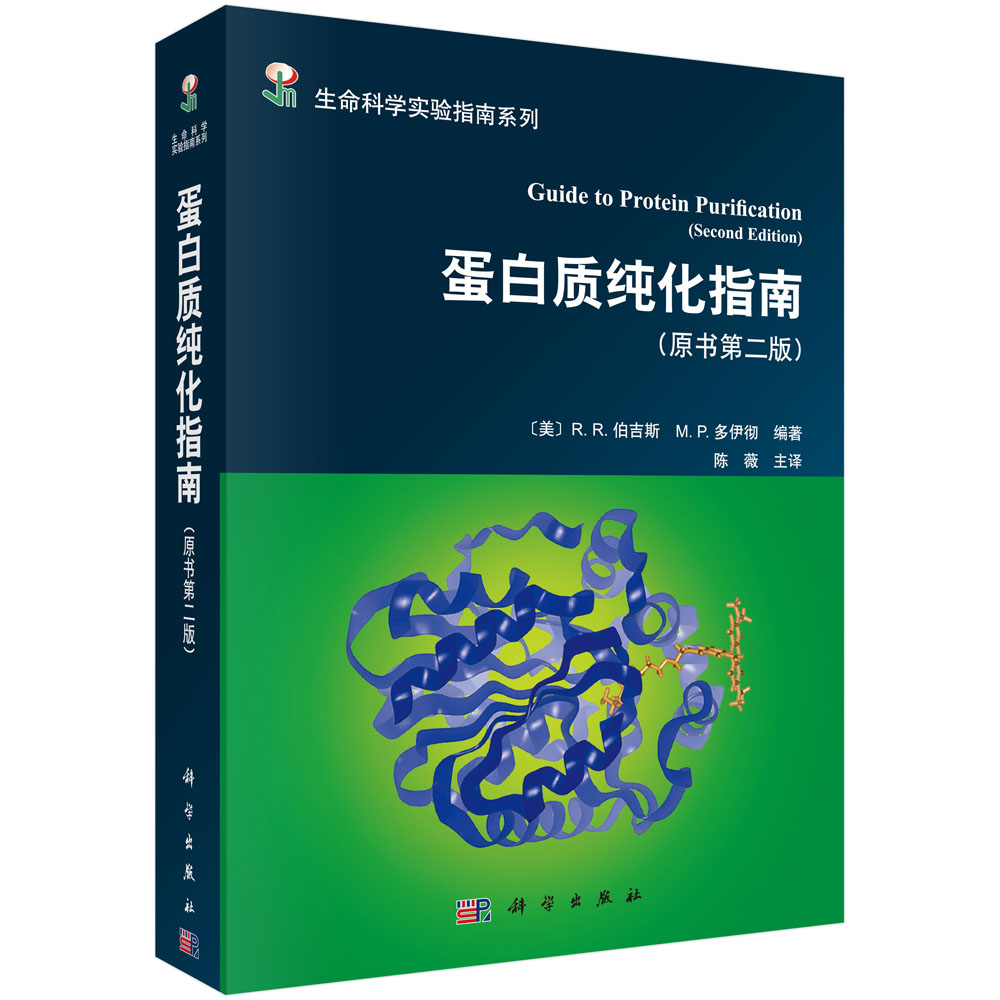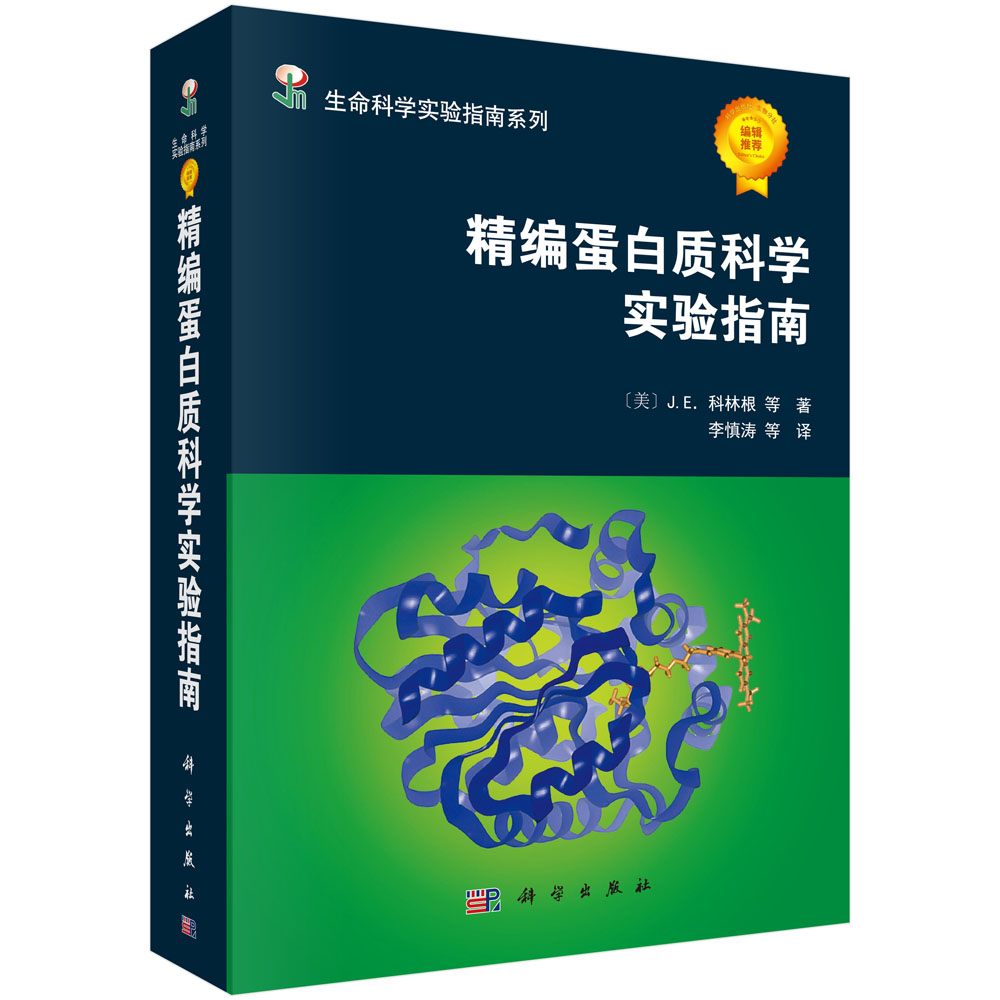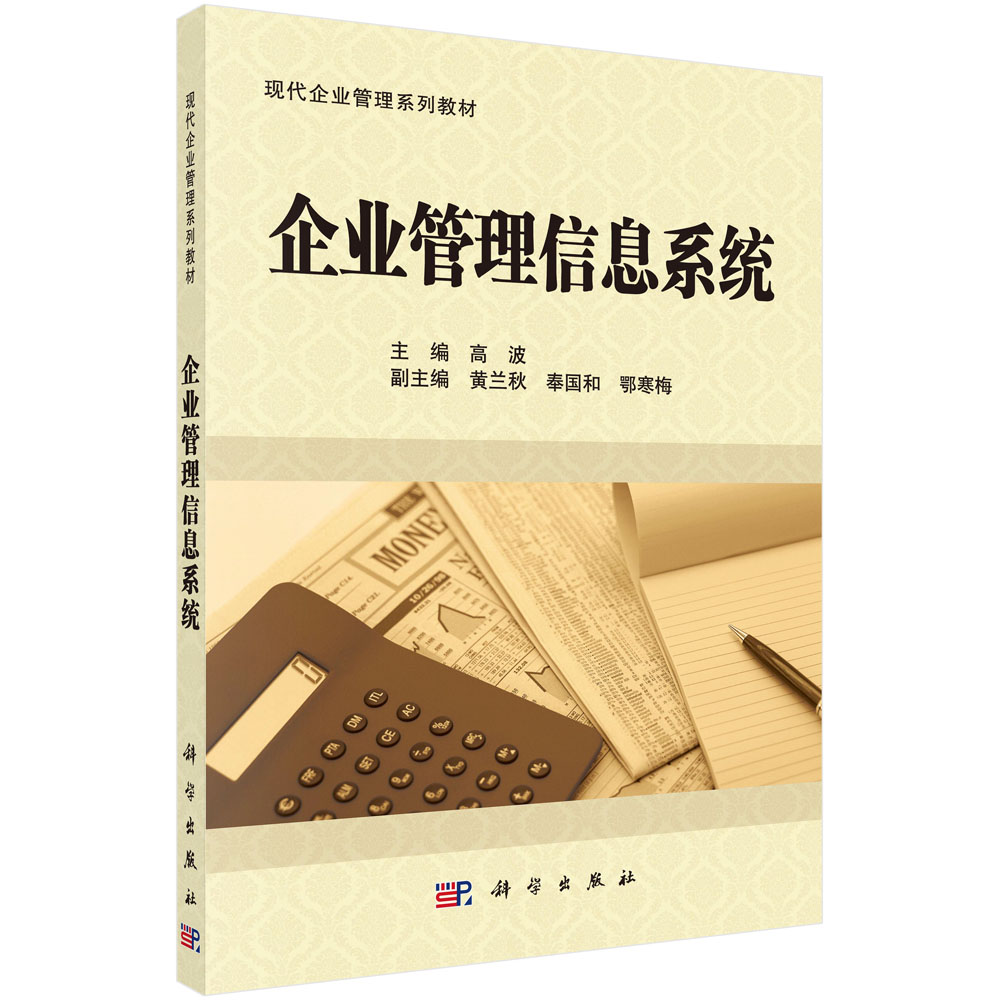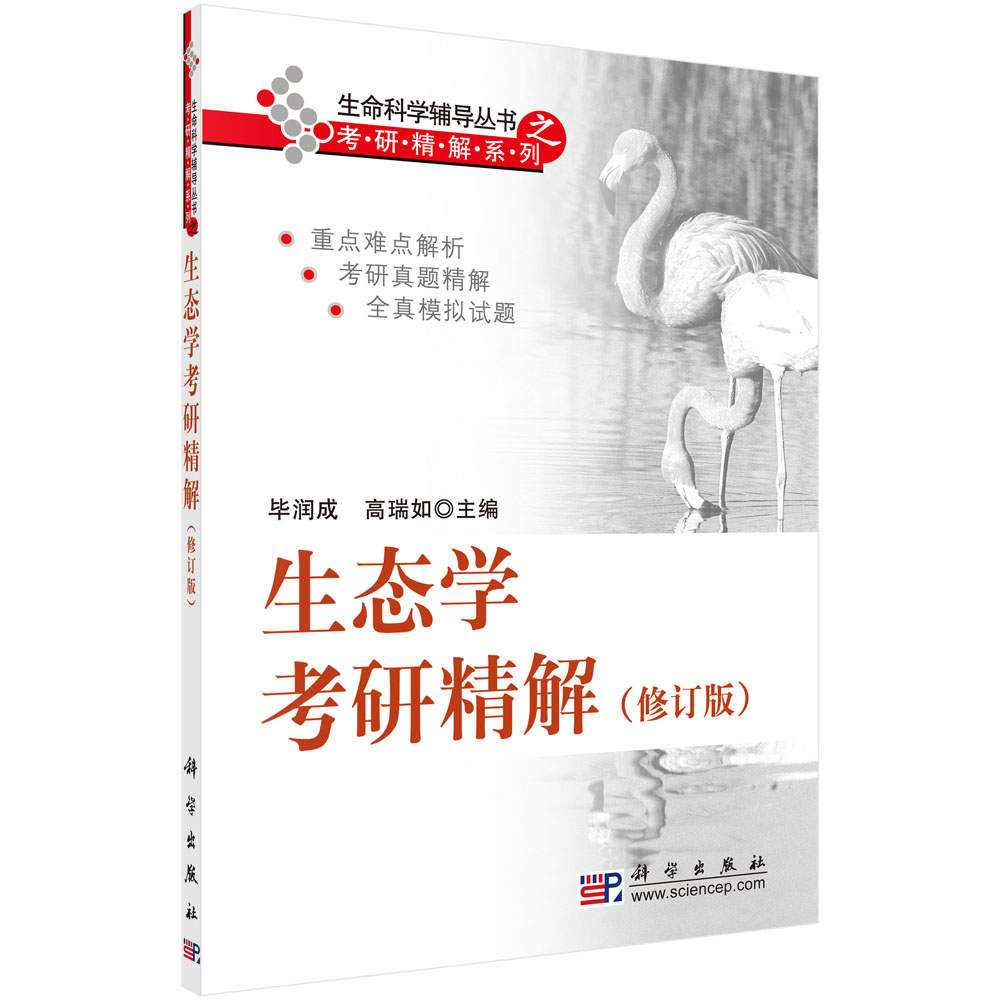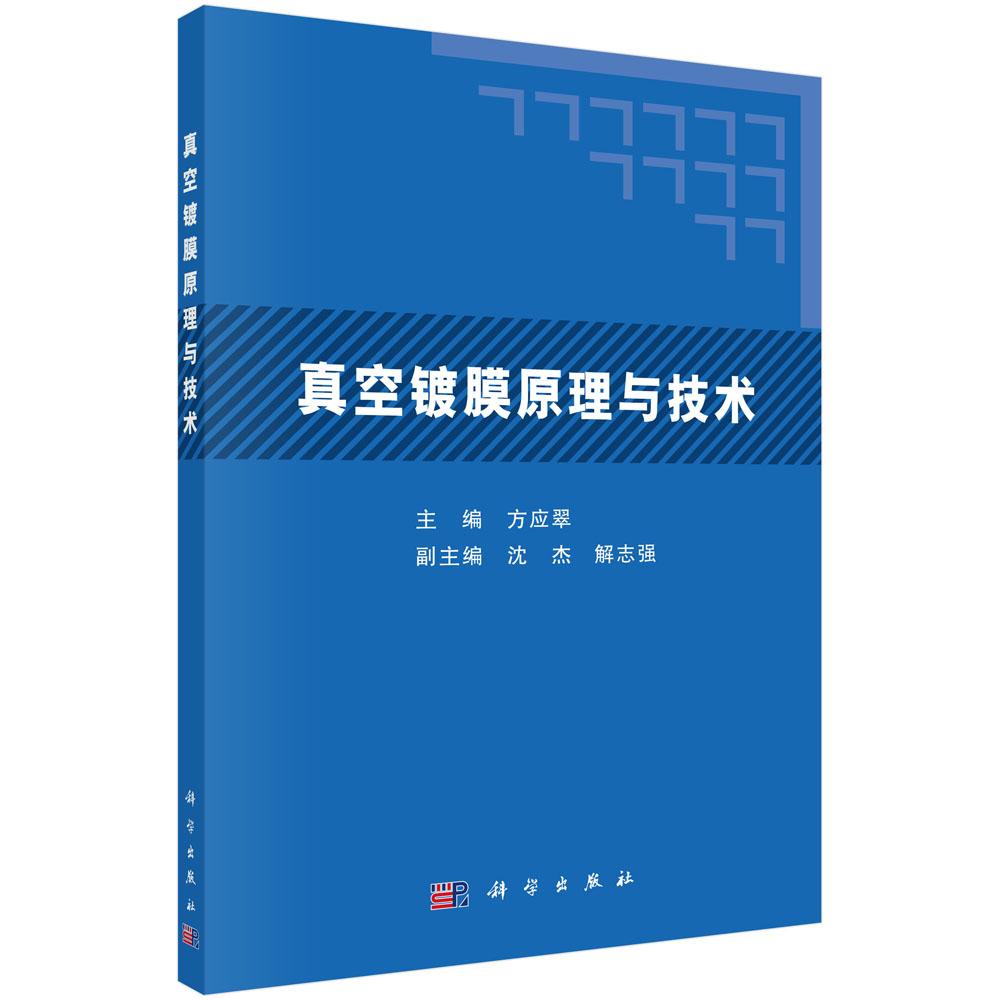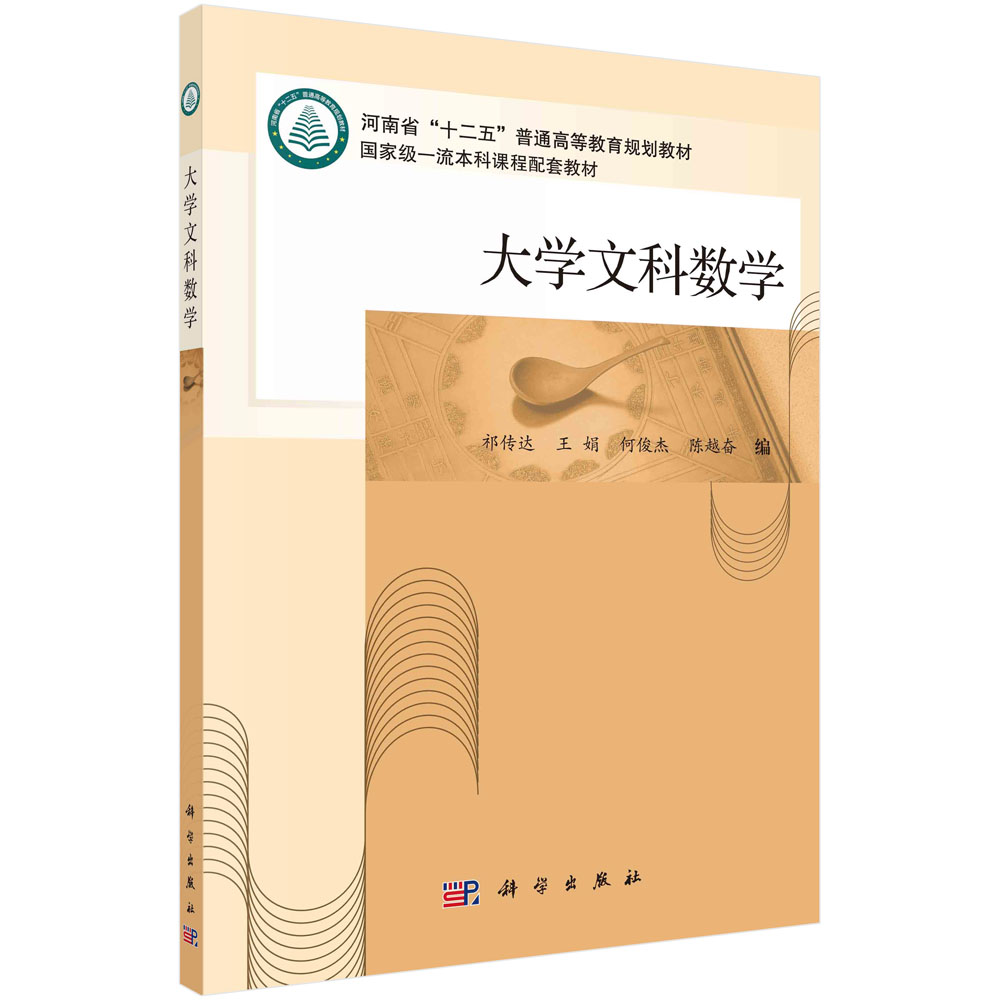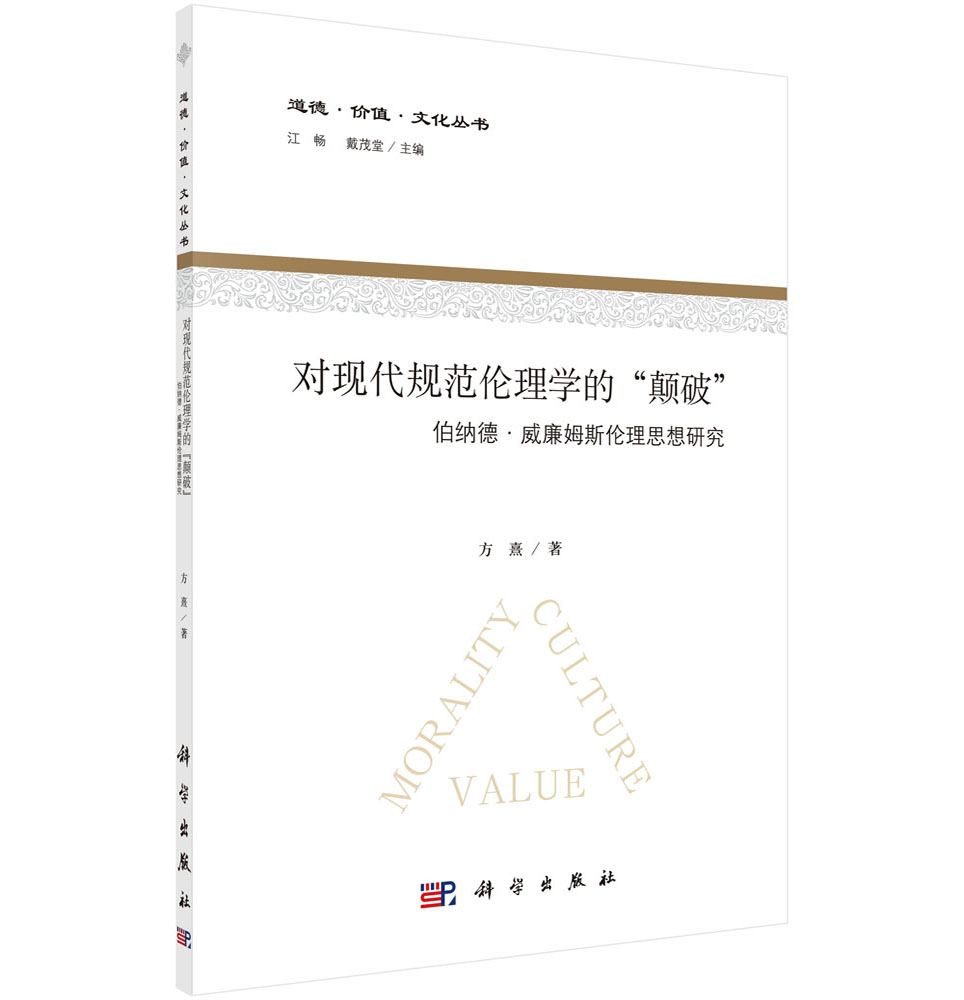本书英文影印版由德国施普林格出版公司授权出版。未经出版者书面许可,不得以任何方式复制或抄袭本书的任何部分。本书仅限在中华人民共和同销售,小得出口。版权所有,翻印必究。
样章试读
目录
- Contents
Preface iii
1.Classification of Solids and Crystal Structure
1.1 Introduction 1
1.2 The Bravais Lattice 2
1.3 The Crystal Structure 6
1.4 Miller Indices and Crystal Planes 9
1.5 The Reciprocal Lattice and Brillouin Zone 11
1.6 Types of Crystal Bindings 14
1.7 Defects in a Crystalline Solid 18
Problems 23
Bibliography 24
2.Lattice Dynamics 26
2.1 Introduction 26
2.2 The One-Dimensional Linear Chain 27
2.3 Dispersion Relation for a Three-Dimensional Lattice 33
2.4 The Concept of Phonons 36
2.5 The Density of States and Lattice Spectrum 37
2.6 Lattice Specific Heat 39
Problems 42
References 44
Bibliography 44
3.Semiconductor Statistics 45
3.1 Introduction 45
3.2 Maxwell-Boltzmann Statistics 46
3.3 Fermi-Dirac Statistics 50
3.4 Bose-Einstein Statistics 56
3.5 Statistics for the Shallow-Impurity States in a Semiconductor 57
Problems 59
Bibliography 60
4.Energy Band Theory 61
4.1 Introduction 61
4.2 Basic Quantum Concepts and Wave Mechanics 62
4.3 The Bloch-Floquet Theorem 66
4.4 The Kronig-Penney Model 67
4.5τbe Nearly Free Electron Approximation 74
4.6 The Tight-Binding Approximation 80
4.7 Energy Band Structures for Some Semiconductors 86
4.8 The Effective Mass Concept for Electrons and Holes 93
4.9 Energy Band Structures and Density of States for Low-Dimensional Systems 96
Problems 101
References 103
Bibliography 103
5.Equilibrium Properties of Semiconductors 105
5.1 Introduction 105
5.2 Densities of Electrons and Holes in a Semiconductor 106
5.3 Intrinsic Semiconductors 113
5.4 Extrinsic Semiconductors 116
5.5 lonization Energies of Shallow- and Deep-Level Impurities 123
5.6 Hall Effect, Electrical Conductivity, and Ha11 Mobility 125
5.7 Heavy Doping Effects in a Degenerate Semiconductor 128
Problems 130
References 132
Bibliography 133
6.Excess Carrier Phenomenon in Semiconductors 134
6.1 Introduction 134
6.2 Nonradiative Recombination: The Shockley-Read-Hall Model 135
6.3 Band-to-Band Radiative Recombination 140
6.4 Band-to-Band Auger Recombination 142
6.5 Basic Semiconductor Equations 146
6.6 The Charge-Neutrality Equation 149
6.7 The Haynes-Shockley Experiment 151
6.8 The Photoconductivity Decay Experiment 154
6.9 Surface States and Surface Recombination Velocity 159
6.10 Deep-Level Transient Spectroscopy Technique 162
6.11 Surface Photovoltage Technique 165
Problems 169
References 170
Bibliography 170
7.Transport Pr.eperties of Semiconductors 171
7.1 Introduction 171
7.2 Galvanomagnetic, Thermoelectric, and Thermomagnetic Effects 173
7.3 Boltzmann Transport Equation 180
7.4 Derivation of Transport Coefficients for n-type Semiconductors 182
7.5 Transport Coefficients for the Mixed Conduction Case 195
7.6 Transport Coefficients for Some Semiconductors 198
Problems 208
References 209
Bibliography 210
8.Scattering Mechanisms and Carrier Mobilities in Serniconductors 211
8.1 Introduction 211
8.2 Differential Scattβring Cross-Section 214
8.3 lonized Impurity Scattering 217
8.4 Neutral Impurity Scattering 221
8.5 Acoustical Phonon Scattering 222
8.6 Optical Phonon Scattering 228
8.7 Scattering by Dislocations 230
8.8 Electron and Hole Mobilities in Serniconductors 231
8.9 Hot-Electron Effects in a Semiconductor 239
Problems 243
References 244
Bibliography 244
9.Optical Properties and Photoelectric Effects 246
9.1 Introduction 246
9.2 Optical Constants of a Solid 247
9.3 Free-Carrier Absorption Process 252
9.4 Fundamental Absorption Process 256
9.5 The Photoconductivity Effect 264
9.6 The Photovoltaic (Dember) Effect 275
9.7 The Photomagnetoelectric Effect 277
Problems 281
References 283
Bibliography 283
10.Metal-Serniconductor Contacts 284
10.1 Introduction 284
10.2 Metal Work Function and Schottky Effect 285
10.3 Thermionic Emission Theory 288
10.4 Ideal Schottky Contact 290
10.5 Current Flow in a Schottky Diode 295
10.6 Cm:rent-Voltage Characteristics of a Si1icon and a GaAs Schottky Diode 300
10.7 Determination of Schottky Barrier Height 305
10.8 Enhancement of Effective Barrier Height 311
10.9 Applications of Schottky Diodes 319
10.10 Ohmic Contacts in Semiconductors 324
Problems 330
References 332
Bibliography 333
11.p-n Junction Diodes 334
11.1 Introduction 334
11.2 Equilibrium Properties of a p-n Junction Diode 335
11.3 p-n Junction Diode Under Bias Conditions 341
11.4 Minority Carrier Distribution and Current F1ow 344
11.5 Diffusion Capacitance and Conductance 351
11.6 Minority Carrier Storage and Transient Behavior 354
11.7 Zener and Avalanche Breakdowns 357
11.8 Tunnel Diodes 363
11.9 p-n Heterojunction Diodes 366
11.10 Junction Field-Effect Transistors 371
Problems 377
References 380
Bibliography 380
12.Solar Cel1s and Photodetectors 381
12.1 Introduction 381
12.2 Photovoltaic Devices (Solar Cel1s) 383
12.3 Photodetectors 417
Problems 454
References 456
Bibliography 457
13.Light-Emitting Devices 458
13.1 Introduction 458
13.2 Device Physics, Structures, and Characteristics of LEDs 459
13.3 LED Materia1s and Technologies 472
13.4 Principles of Semiconductor LDs 488
13.5 Laser Diode (LD) Materials and Technologies 493
Problems 509
References 511
Bibliography 512
Contents xi
14.Bipolar Junction Transistors 513
14.1 Introduction 513
14.2 Basic Device Structures and Modes of Operation 514
14.3 Current-Voltage Characteristics 516
14.4 Current Gain, Base Transport Factor, and Emitter Injection Efficiency 524
14.5 Modeling of a Bipolar Junction Transistor 528
14.6 Switching and Frequency Response 534
14.7 Advanced Bipolar Junction Transistors 541
14.8 Thyristors 542
14.9 Heterojunction Bipolar Transistors 548
Problems 562
References 565
Bibliography 565
15.Metal-0xide-Semiconductor Field-Effect Transistors 567
15.1 Introduction 567
15.2 An Ideal Metal-0xide-Semiconductor System 568
15.3 Oxide Charges and Interface Traps 576
15.4 MOS Field-Effect Transistors 582
15.5 SOI MOSFETS 596
15.6 Charge-Coupled Devices 601
Problems 609
References 610
Bibliography 610
16.High-Speed III -V Semiconductor Devices 613
16.1 Introduction 613
16.2 Metal-Semiconductor Field-Effect Transistors 614
16.3 High Electron Mobility Transistors 630
16.4 Hot-Electron Transistors 646
16.5 Resonant Tunneling Devices 650
16.6 Transferred-Electron Devices 653
Problems 659
References 660
Bibliography 661
Solutions to Selected Problems 664
Appendix 687
Index 689
